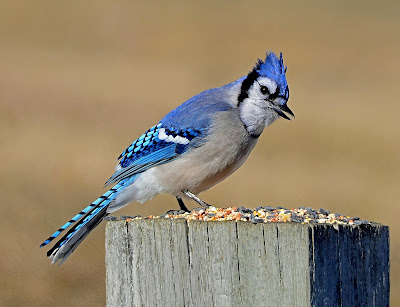Brown and Black Bears
Some Interesting Observations about Brown (and Black) Bears
by Sue Pike
July 11 2017 The York Weekly/Portsmouth Herald/Foster's Daily Democrat/Exeter Herald
One of the most remarkable sights I’ve seen in Alaska (my
new backyard for a short time this summer) has been the large coastal brown
bears grazing on the meadows of sedges and grasses that ring the tidal inlets. They move around like cows - grazing! I didn’t think bears did this.
These brown bears (Ursus arctos) are cousins to our local
black bears (Ursus americanus). Brown
 |
| Brown bear eating sedges Warm Srpings AK Sue Pike photo |
I had long known that bears were omnivores, I was first
introduced to this notion as a youngster in that iconic book “Blueberries for
Sal” in which a little girl and her mother cross paths with a mother black bear
and her cub while collecting blueberries.
I knew bears ate berries, but hadn’t known bears graze on grass. Both our local black bears and those Alaskan
brown bears eat quite a bit of grass and sedge in the spring when there isn’t
much else available to eat and the new, succulent growth of the grasses and
sedges is an abundant and easy-to-access food.
Compared to carnivores, the omnivorous bears have an elongated digestive
tract, an adaptation that allows bears to digest vegetation more efficiently
than carnivores. But, they can’t digest the fiber in this vegetation very
efficiently, so will typically eat grasses, sedges and leafy plants when the
leaves have just emerged and have the least amount of cellulose and the highest
nutrient availability. The Alaskan brown
bears eat a lot of sedges relative to grasses.
Sedges are grass-like plants that, among other differences, have
triangular stems (grasses have hollow stems with periodic ‘knees’ or
joints). They tend to be abundant in
wetlands—next time you are in one take a look at the stems of the grassy
plants, you’ll find many are, in fact, sedges.
 |
| Another brown bear grazing on sedge Sue Pike Photo |
It’s interesting to think about the strategies employed by
bears to get the most out of this not-very-digestible vegetation. Feeding in the spring when these plants are
most succulent makes sense. They don’t
want to spend much energy on chewing or digestion— “this is reflected in the
bulk and structure retained by foliage in bear feces.” (David Mattson from his
wonderful site allgrizzly.org). My interpretation of this is that they are
putting as little energy as possible into acquiring this plant material and
extracting what nutrients they can as it passes, relatively unharmed, through
their digestive systems.
While we are well into summer by now and most bears have
probably moved on to more nutrient-rich, lower fiber foods, I think it is worth
thinking about how most wildlife is in a constant state of balancing energy
output with energy input. Those coastal
brown bears are lucky, they get that huge influx of salmon every year, for a
time they can relax. However, we need to
remember that every time we disturb wildlife, force them to move more than
absolutely necessary, we are making them work that much harder to get the
nutrients and calories necessary for survival.
Something to think about when we’re outside enjoying nature this summer.



Comments
Post a Comment